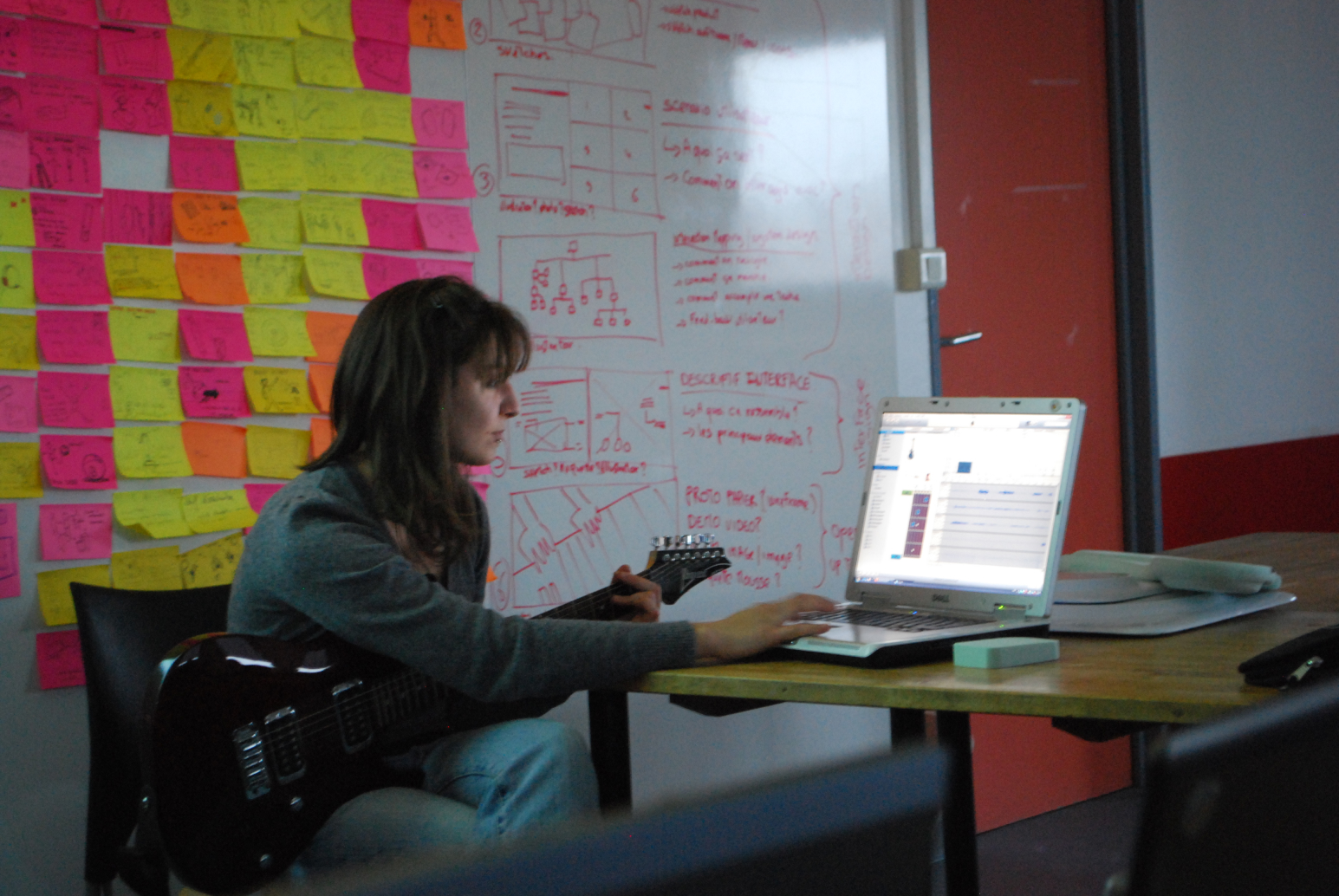In 2010, I had the privilege of leading a transformative five-day design thinking workshop at the Rubika design university of Valenciennes. Collaborating with a group of twenty talented Master students, we embarked on an exploration of the potential future of music user interfaces, leveraging emerging technologies and trends for the renowned brand Native Instruments.
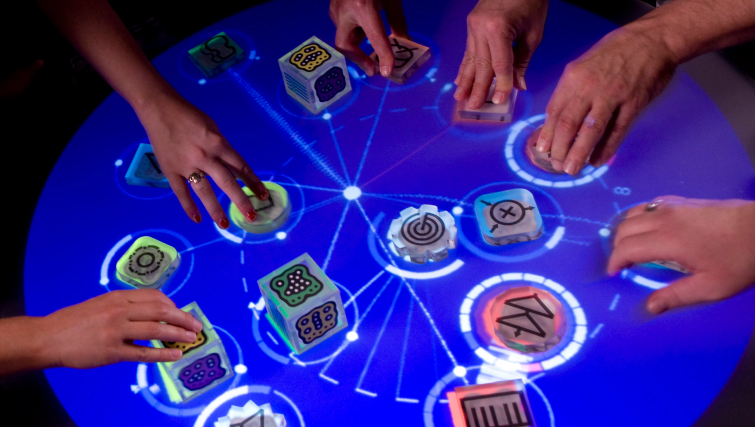

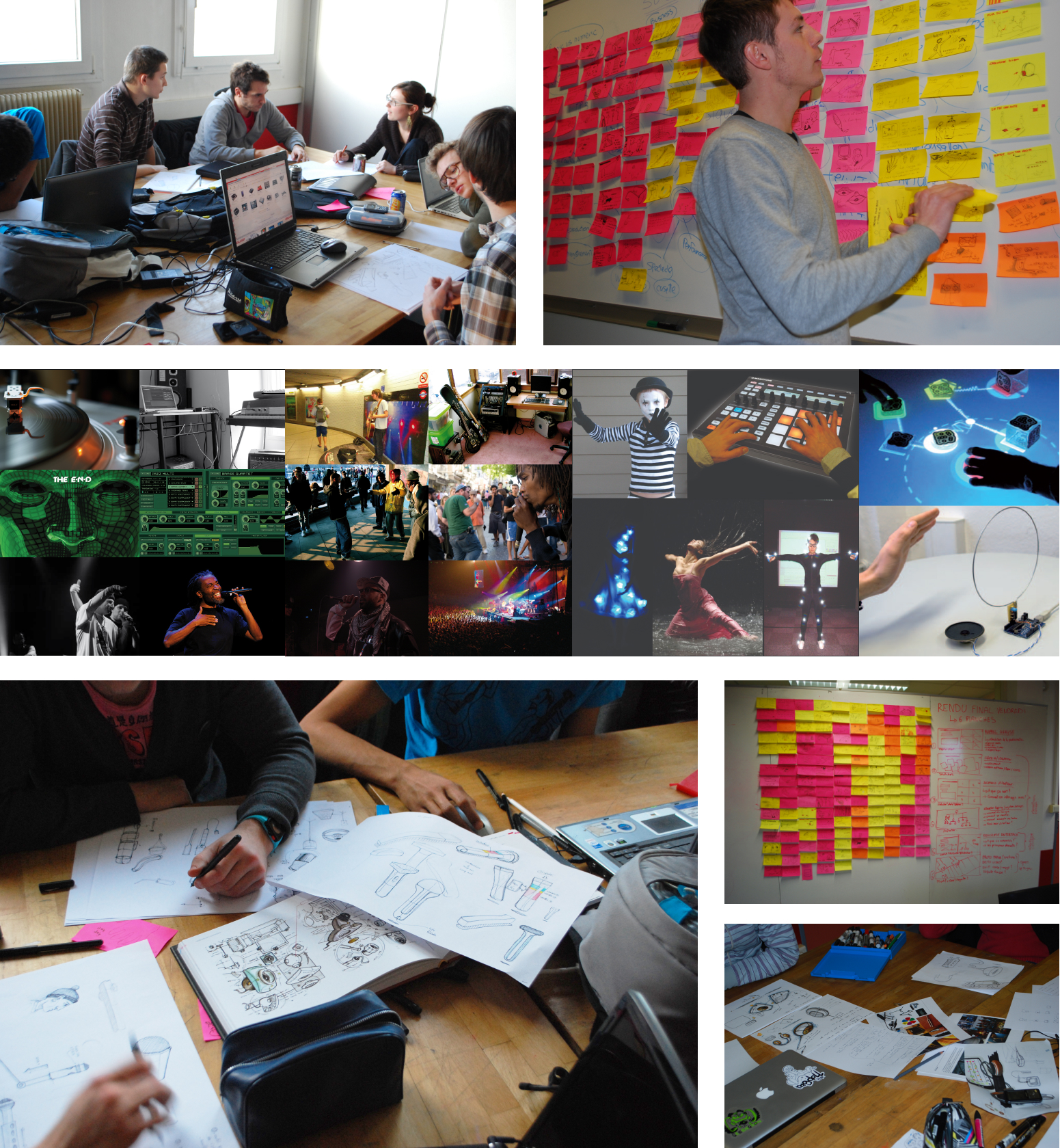
Day 1 • Brainstorming & Desk Research
During the initial day of this week-long workshop, we introduced the design brief and conducted a stimulating brainstorming session to gather initial hypotheses. In the latter part of the day, the students conducted comprehensive desk research, delving into technology, music production, future trends, and benchmarking analysis. By the end of the day, we formed six teams, each with a refined focus on a specific aspect of the brief.
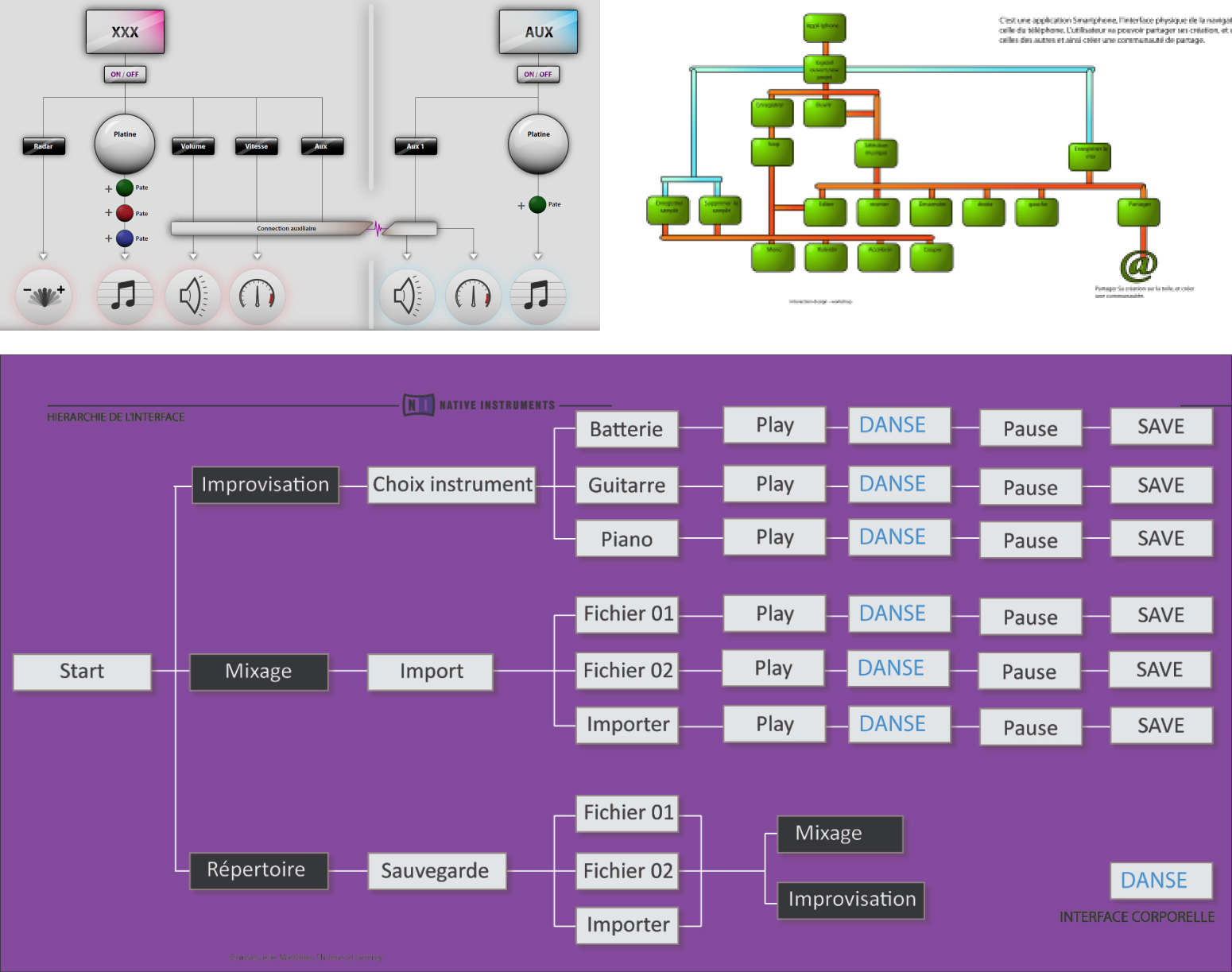
Day 2 • Insights presentation and project definition
On the second day, each team presented their insights and commenced ideation around a specific problem they aimed to solve. To ensure clear project definition and objectives, user stories and user flow diagrams were generated as the foundation for their projects.
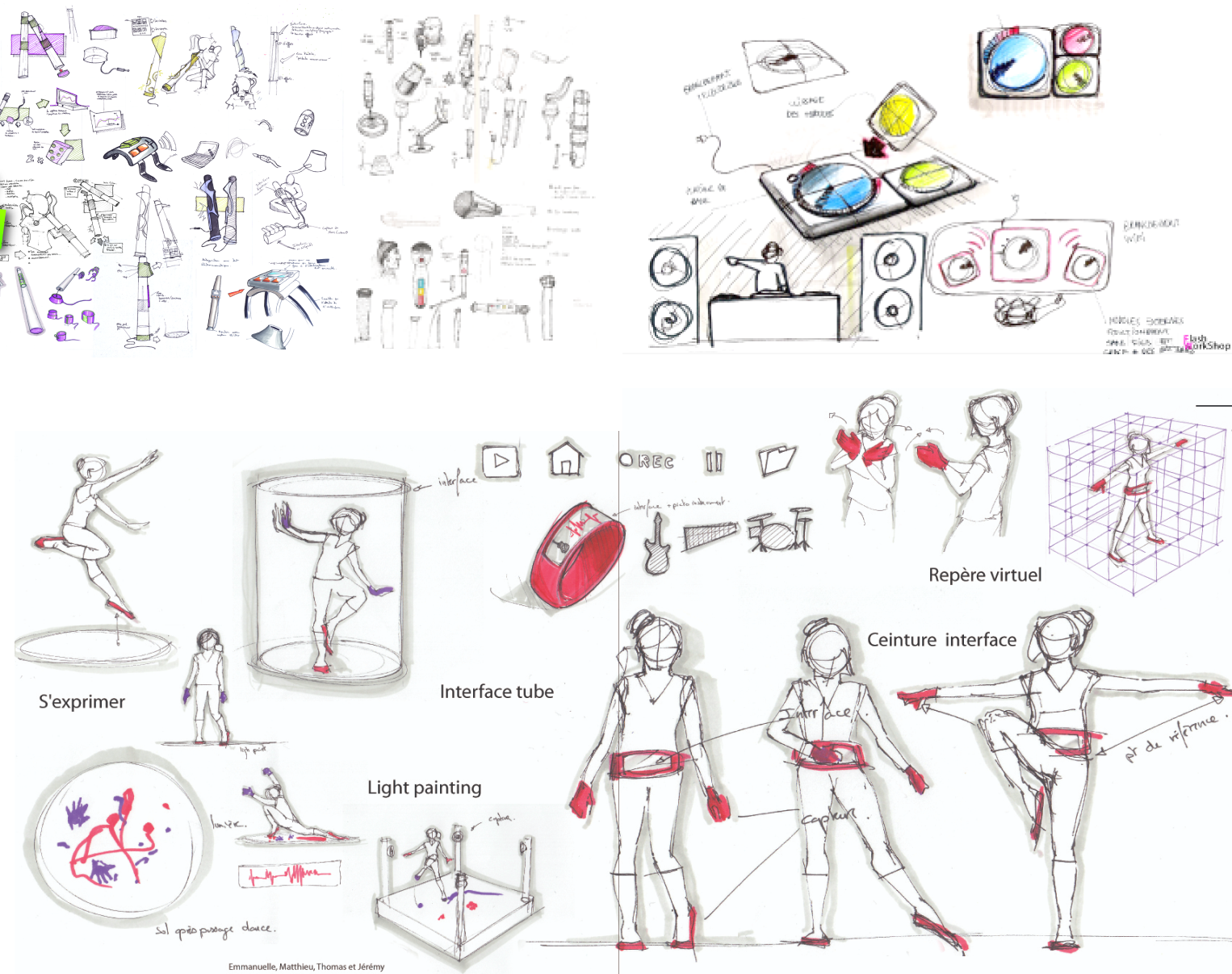

Day 3 • Ideation and evaluation
The third day of the workshop was dedicated to ideation. Each team selected a solution to address a specific problem identified during the research phase. Through sketches and user scenarios, ideas were generated and evaluated based on predefined criteria. The best ideas were then selected for further development and rapid prototyping.
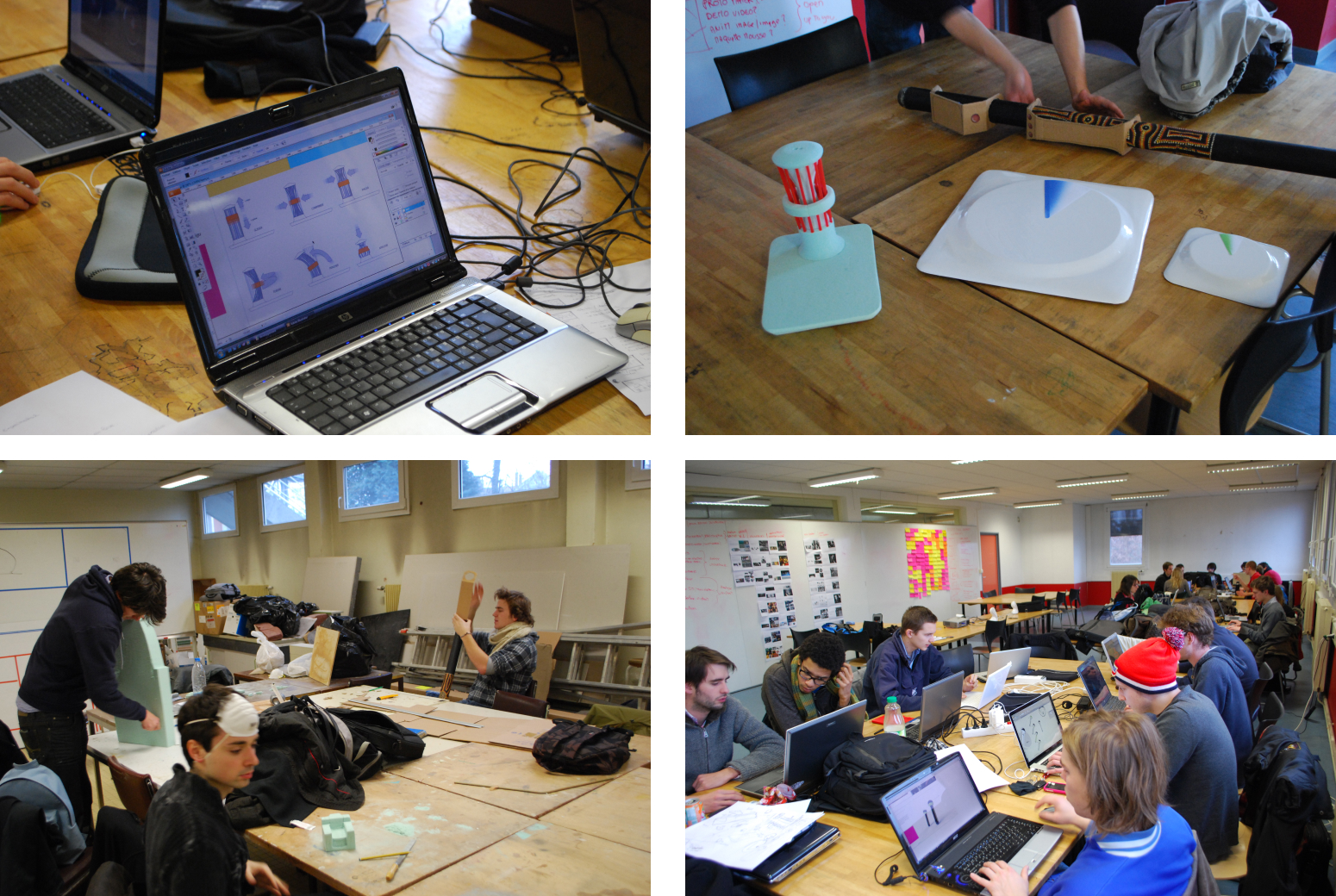
Day 4 • Rapid Prototyping
The fourth day was an intensive day of prototyping. Each team developed their selected concepts and prepared prototypes to demonstrate the envisioned user experience for the final presentation. Wireframes, as well as paper and cardboard prototypes, were created to bring the concepts to life.


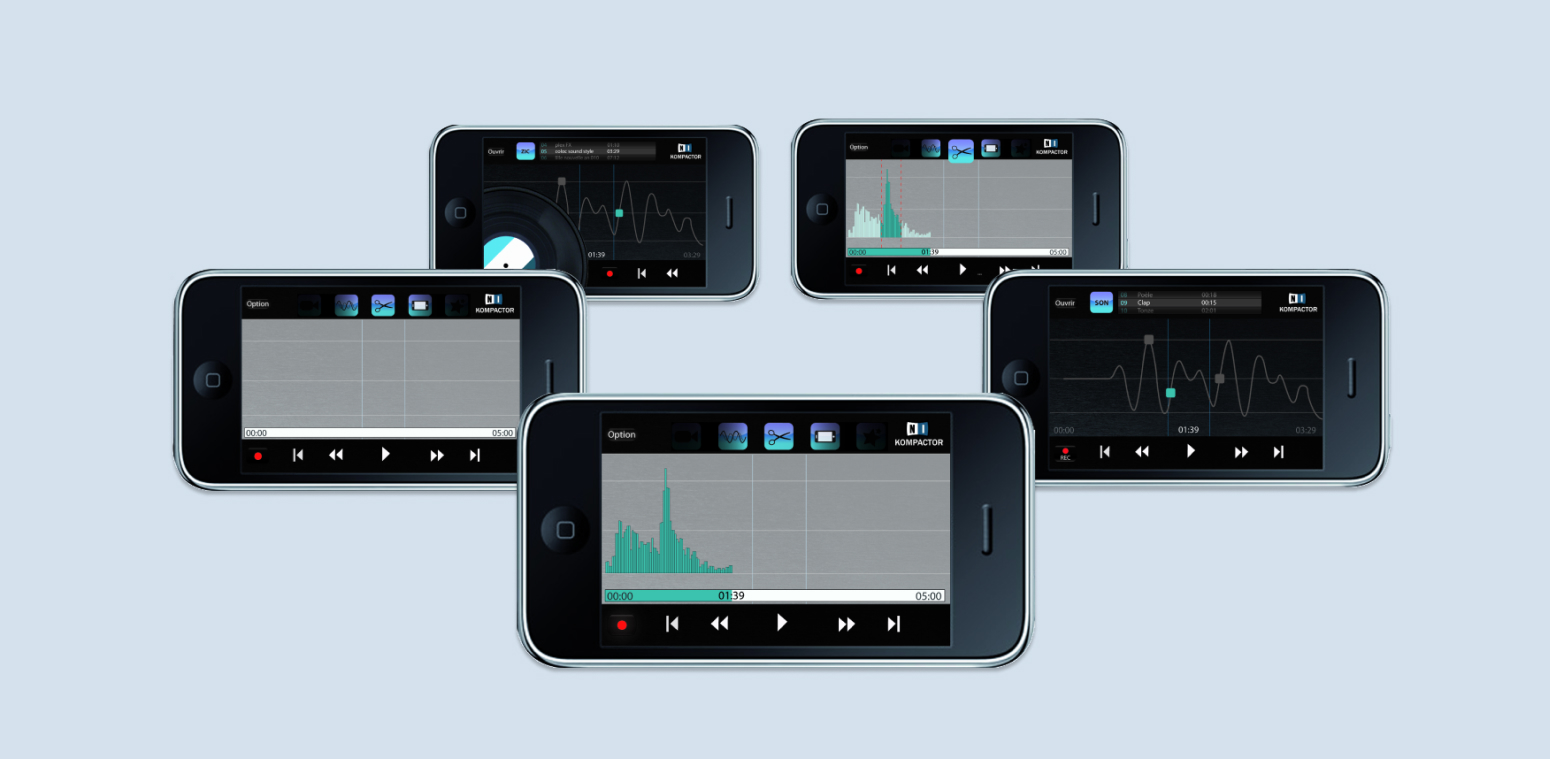


Day 5 • presentation and testing
The last day of the workshop was dedicated to presenting the various concepts and their user experiences. Students showcased interactive prototypes and user scenarios that demonstrated the innovative and unique visions for the future of music interfaces for Native Instruments. With seven diverse concepts, the students redefined the possibilities and offered fresh perspectives on the brand’s interface design.
